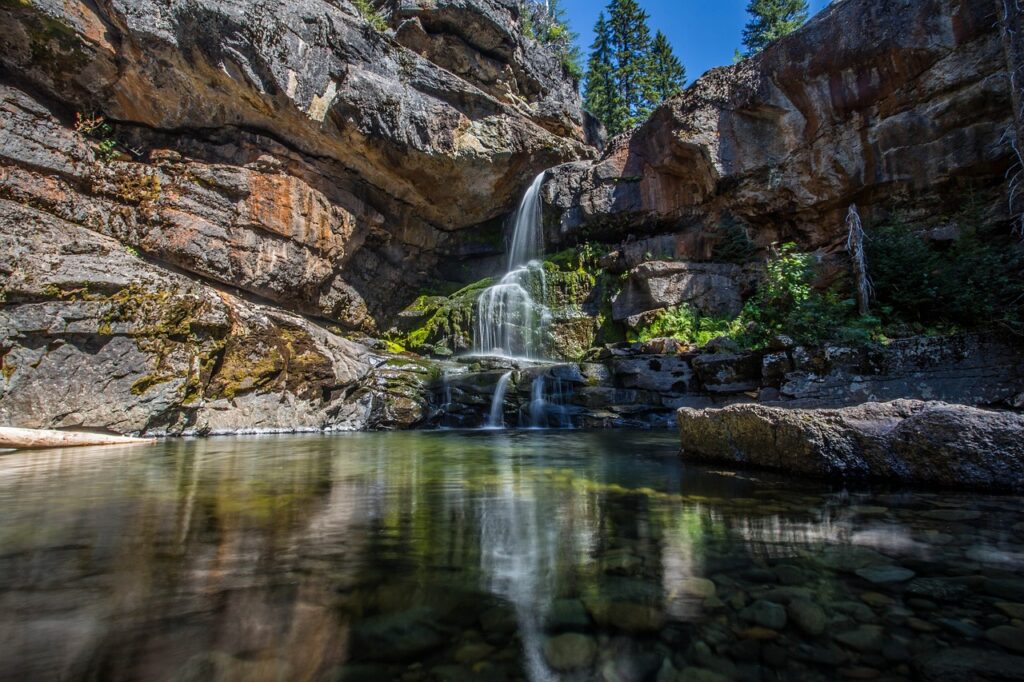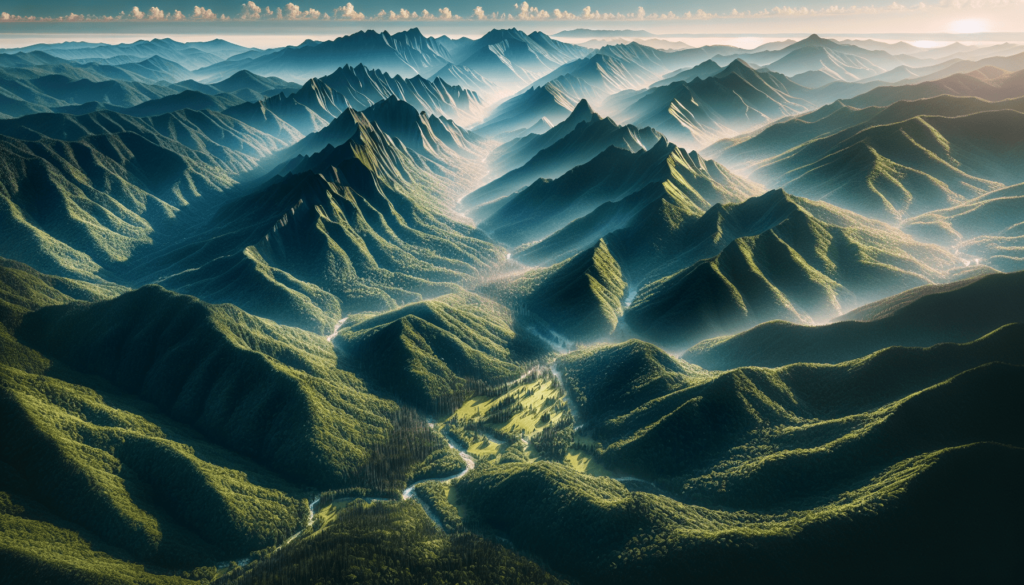Hey there! Have you ever wondered if the Smoky Mountains are older than the Rocky Mountains? Well, the answer might surprise you! The Smoky Mountains are actually much older than the Rockies, with a fascinating geological history that dates back hundreds of millions of years. In this article, we’ll take a closer look at the age difference between these two iconic mountain ranges and explore the factors that contribute to their distinct characteristics. So sit back, relax, and get ready to learn something new about these majestic natural wonders! Are the Smoky Mountains older than the Rocky Mountains?
Exploring the Ages of the Smoky and Rocky Mountains
When it comes to the age of mountain ranges, it can be quite fascinating to delve into their geological history. In this article, we will explore the ages of the Smoky Mountains and the Rocky Mountains. Join us on this journey of discovery as we uncover the secrets of these majestic mountain ranges.
The Smoky Mountains: A Closer Look at Their Age
Let’s start by taking a closer look at the age of the Smoky Mountains. The Smoky Mountains, also known as the Great Smoky Mountains, are located on the border between Tennessee and North Carolina in the southeastern United States. These ancient mountains have a rich geological history that dates back millions of years.

This image is property of pixabay.com.
Geological History of the Smoky Mountains
The geological history of the Smoky Mountains traces back to over 200 million years ago. The Smokies were formed during the Alleghenian orogeny, a period of mountain-building that took place in the late Paleozoic era. The collision of the North American and African plates led to the formation of the Appalachian Mountains, including the Smoky Mountains.
Formation of the Smoky Mountains
The Smoky Mountains are primarily made up of sedimentary rocks that were deposited millions of years ago. These rocks were then subjected to immense pressure and heat, causing them to fold and uplift, forming the majestic peaks we see today. The Smokies are characterized by their rolling hills, lush forests, and diverse wildlife.

This image is property of pixabay.com.
The Rocky Mountains: Unraveling Their Geological Age
Now, let’s turn our attention to the Rocky Mountains. The Rockies are one of the largest mountain ranges in North America, stretching over 3,000 miles from Canada to New Mexico. These rugged mountains have a complex geological history that spans hundreds of millions of years.
Geological History of the Rocky Mountains
The geological history of the Rocky Mountains dates back to over 50 million years ago. The Rockies were formed during the Laramide orogeny, a period of mountain-building that occurred in the late Cretaceous and early Paleogene periods. The subduction of the Pacific plate beneath the North American plate led to the uplift and folding of the Rocky Mountains.

This image is property of pixabay.com.
Formation of the Rocky Mountains
The Rockies are primarily made up of a mix of sedimentary, metamorphic, and igneous rocks that were uplifted and folded during the Laramide orogeny. The intense tectonic activity in the region led to the creation of deep valleys, towering peaks, and stunning rock formations. The Rockies are known for their diverse landscapes, ranging from snow-capped peaks to alpine meadows.
Comparing the Ages of the Smoky and Rocky Mountains
Now that we have explored the geological history of both the Smoky Mountains and the Rocky Mountains, let’s compare their ages. The Smoky Mountains are estimated to be over 200 million years old, while the Rocky Mountains are around 50 million years old. This means that the Smoky Mountains are indeed older than the Rocky Mountains by a significant margin.

Why Are the Smoky Mountains Older Than the Rocky Mountains?
The age difference between the Smoky Mountains and the Rocky Mountains can be attributed to the timing of their formation. The Smokies were formed during the Alleghenian orogeny, which occurred millions of years before the Rockies were formed during the Laramide orogeny. The geological processes that shaped the Smoky Mountains took place much earlier in Earth’s history compared to those that formed the Rocky Mountains.
The Impact of Plate Tectonics on Mountain Formation
Plate tectonics play a crucial role in the formation of mountain ranges across the globe. The movement of Earth’s tectonic plates can lead to the collision, subduction, or sliding of plates, resulting in the uplift and folding of the Earth’s crust. The collision of the North American and African plates during the Alleghenian orogeny created the Appalachian Mountains, including the Smoky Mountains. Similarly, the subduction of the Pacific plate beneath the North American plate during the Laramide orogeny led to the formation of the Rocky Mountains.

How Geology Shapes the Landscape of Mountain Ranges
Geological processes such as erosion, weathering, and tectonic activity shape the landscape of mountain ranges over millions of years. Erosion by wind, water, and ice can slowly wear down mountains, creating valleys, ridges, and peaks. Weathering breaks down rocks into smaller particles, contributing to the formation of soil. Tectonic activity can lead to the uplift, folding, and faulting of rocks, creating diverse geological features in mountain ranges.
The Importance of Studying Mountain Ages
Studying the ages of mountain ranges like the Smoky Mountains and the Rocky Mountains provides valuable insights into Earth’s geological history. By understanding the processes that shaped these mountains over millions of years, scientists can gain a deeper appreciation for the dynamic nature of our planet. The study of mountain ages also helps us unravel the mysteries of Earth’s past and predict future geological events.
Conclusion
In conclusion, the Smoky Mountains are indeed older than the Rocky Mountains, with an age difference of over 150 million years. The geological history of both mountain ranges offers a fascinating glimpse into the forces that have shaped our planet over millions of years. Whether you’re exploring the rolling hills of the Smokies or gazing at the rugged peaks of the Rockies, these majestic mountain ranges are a testament to the immense power of nature.

